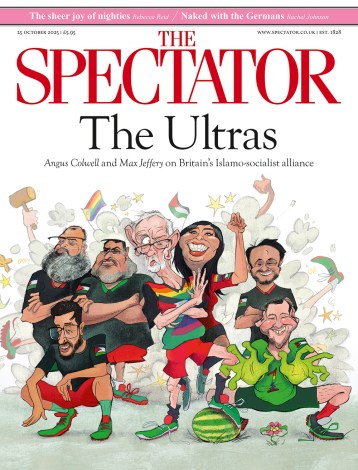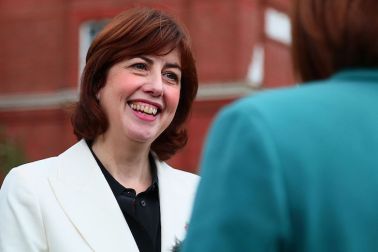The peculiar career of John Bumpass Calhoun (1917-95), the psychologist, philosopher, economist, mathematician and sociologist who was nominated for the Nobel Peace Prize and was the subject of a glowing article in Good Housekeeping, comes accompanied with more than its fair share of red flags. He studied how rodents adapted to different environments and specifically how the density of a population affects an individual’s behaviour. He collected reams of data but published little, and rarely in the mainstream scientific journals. He courted publicity, inviting journalists to draw from his studies of rats and mice apocalyptic conclusions about the future of urban humanity.
Charged with reducing the rat population of Baltimore, Calhoun added more rats
Calhoun wasn’t a ‘maverick’ scientist (not an egoist, or loner, or shouter-at-clouds). Better to say that he was, well, odd. He had a knack for asking the counter-intuitive question and an eye for the unanticipated result. Charged in 1946 with reducing the rat population of Baltimore, he wondered what would happen to a community if he added more rats. So he did – and rodent numbers fell to 60 per cent of their original level. Who would have guessed?
The general assumption about population, lifted mostly from the 18th-century economist Thomas Malthus, is that species expand to consume whatever resources are available to them, then die off once they exceed the environment’s carrying capacity. But Malthus himself knew that wasn’t the whole story. He said that there were two checks on population growth: misery and vice. Misery, in its various forms (predation, disease, famine) has been well studied. But what, Calhoun asked, in a 1962 Scientific American article, of vice? In less loaded language: ‘What are the effects of the social behaviour of a species on population growth – and of population density on social behaviour?’
Among rodents, a rising population induces stress, and stress reduces the birth rate. But push the overcrowding too far (further than would be likely to happen in nature) and stress starts to trigger all manner of weird and frightening effects. The rodents start to pack together, abandoning all sense of personal space. Violence and homosexuality skyrocket; females cease to nurture and suckle their young; abandoned, these offspring become food for any passing male. The only way out of this hell is complete voluntary isolation. A generation of ‘beautiful ones’ arises, that knows only to groom itself and avoid social contact. Without sex, the population collapses. The few Methuselahs who remain have no social skills to speak of. They’re not aggressive. They’re not anything. They barely exist.
What do you do with findings like that? Calhoun hardly needed to promote his work: the press came flocking to him. He achieved his greatest notoriety months before he shared the results of his most devastating experiment. The mice in an enclosure dubbed Universe 25 were never allowed to get sick or run out of food. Once they reached a certain density, vice wiped them out.
Only publishing – a manufacturing industry run by arts graduates – could contrive to drop two excellent books about Calhoun’s life and work into the same cycle. No one but a reviewer or an obsessive is likely to find room for both on their autumn reading pile.
The historians Jon Adams and Edmund Ramsden have written the better book. Rat City puts Calhoun’s work in a rich historical and political context. Calhoun received a lot of flak for his glib anthropomorphic terminology. He once told a reporter from Japan’s oldest newspaper, Mainichi Shimbun, that the last rats of Universe 25 ‘represent the human being on the limited space called the Earth’.
But whether we behave exactly like rats in conditions of overcrowding and/or social isolation is not the point. The point is that, given the sheer commonality between mammal species, something might happen to humans in like conditions; and it behoves us to find out what that something might be before we foist any more hopeful urban planning on the proletariat. Calhoun, who got us to think seriously about how we design our cities, is Rat City’s visionary hero, to the point where I started to hear him. Observing some gormless waifs staring into their smartphones at the bottom of the escalator, I recalled his prediction that ‘we might one day see the human equivalent’ of his mice, pathologically crammed together in ‘a sort of withdrawal – in which they would behave as if they were not aware of each other’.
Dr Calhoun’s Mousery is the simpler book of the two and, as Lee Alan Dugatkin cheerfully concedes, it owes something to Adams and Ramsden’s years of research. I prefer it. Its narrative is more straight-forward, and the author gives greater weight to Calhoun’s later career.
The divided mouse communities of Universe 34, Calhoun’s last great experiment, had to learn to collaborate to obtain all their resources. As their culture of collaboration developed, their birth rate stabilised and individuals grew healthier and lived longer.
So here’s a question worthy of the good doctor: did culture evolve to protect us from vice?







Comments